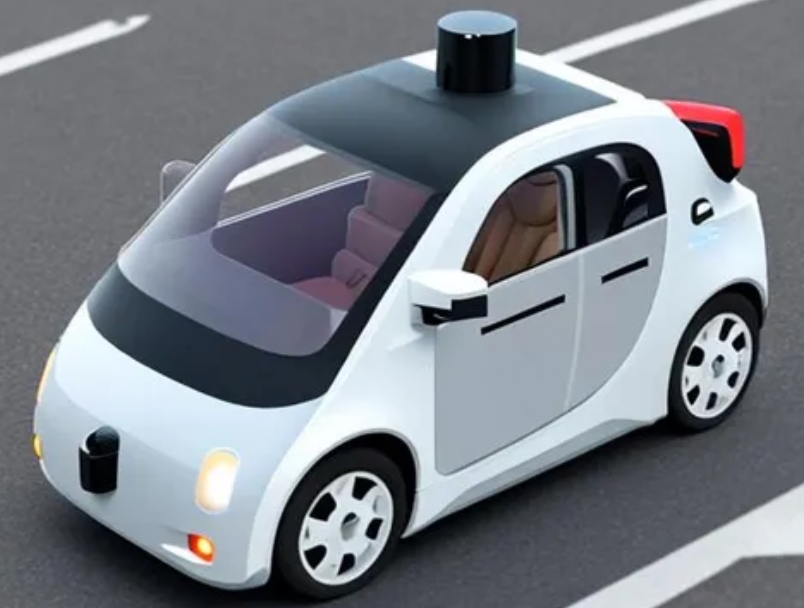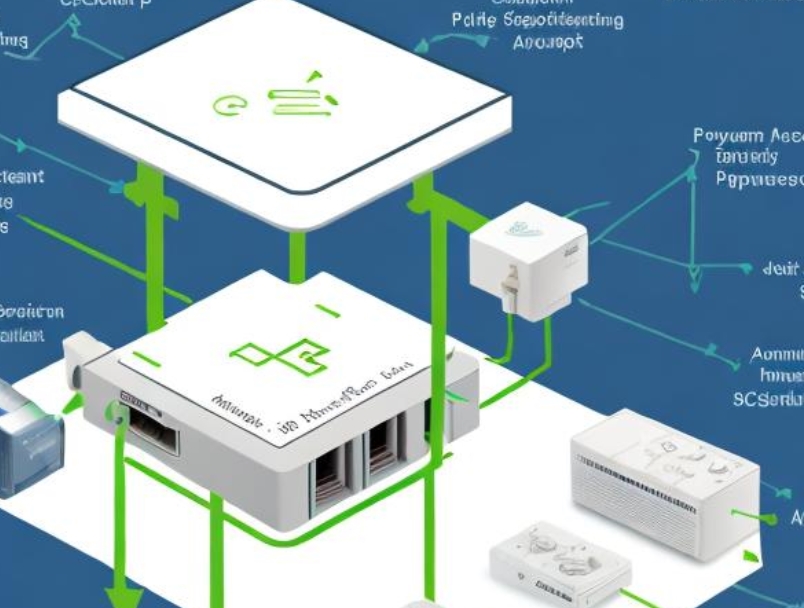
Self-Driving Revolution: Navigating the Future of Transportation
The automotive industry is on the brink of a paradigm shift with the advent of autonomous vehicles. As self-driving technology continues to evolve, it promises to revolutionize not just how we travel, but also how we live and work. Let's explore the key aspects of this transportation revolution.
The Technology Behind Autonomous Vehicles
At the heart of self-driving cars lies a complex network of technologies:
- LIDAR (Light Detection and Ranging) for 3D mapping of the environment
- AI and machine learning algorithms for decision-making
- High-precision GPS for accurate positioning
- Computer vision systems for object recognition
- An array of sensors for detecting obstacles and monitoring vehicle status
These technologies work in concert to create a vehicle that can navigate roads safely without human intervention.
Levels of Autonomy
The Society of Automotive Engineers (SAE) defines six levels of driving automation:
- Level 0: No automation
- Level 1: Driver assistance
- Level 2: Partial automation
- Level 3: Conditional automation
- Level 4: High automation
- Level 5: Full automation
Currently, most advanced vehicles on the road are at Level 2, with some manufacturers pushing into Level 3.
Potential Benefits
The widespread adoption of autonomous vehicles could bring numerous benefits:
- Improved road safety by eliminating human error
- Reduced traffic congestion through optimized routing
- Increased mobility for elderly and disabled individuals
- Lower emissions through more efficient driving patterns
- Productivity gains as commuters can work while traveling
Challenges and Concerns
Despite the promising future, several challenges need to be addressed:
- Regulatory frameworks for testing and deployment
- Ethical considerations in programming decision-making algorithms
- Cybersecurity concerns to prevent hacking and unauthorized control
- Infrastructure upgrades to support autonomous vehicle technology
- Public acceptance and trust in self-driving systems
Impact on Urban Planning and Design
The rise of autonomous vehicles is set to reshape our cities:
- Reduced need for parking spaces in urban centers
- Redesigned road systems optimized for self-driving vehicles
- Integration with smart city technologies for improved traffic management
- Potential shift in public transportation models
The Road Ahead
As we look to the future, several key developments are on the horizon:
- Continued advancements in AI and machine learning algorithms
- Increased collaboration between automakers and tech companies
- Gradual rollout of autonomous features in consumer vehicles
- Pilot programs for autonomous ride-sharing and delivery services
Conclusion
The self-driving revolution is not just about cars that drive themselves; it's about reimagining transportation and its role in our society. While challenges remain, the potential benefits of autonomous vehicles are too significant to ignore. As technology continues to evolve and regulatory frameworks mature, we can expect to see a gradual but transformative shift in how we move and live in the coming decades.
The road ahead for autonomous vehicles is long and complex, but it promises to lead us to a future of safer, more efficient, and more accessible transportation for all.
american-boffin.com
bfbchamp.com
democraticcoma.com
tigrepelvar.com
charpoles.com
derbywheelblazers.com
fansfocus.net
guildnow.com
hediyeteyze.com
isprimecdn.com
kiira-korpi.net
manutd24.com
mediumtylerhenry.com
mishanghai.org
savethreestrikes.com
smilesbydavis.com
10puntos.net
band-shirt.com
icelandtrails.com
paulmarioday.com
thefunnynanny.com
Dave Tries Ballet
Buon Grande
Criacao Sites
Perry Perkins Books
Writing Essay in AU
Ka Soku
Blood is Blood Movie
Eleanor Writes Things
The Happy Prince Beirut
Town of Witless Bay
Online Igrovoi Club
Trigeminal Neuralgia - Ronald Brisman MD
Chocolate City Burlesque
Advanced Electric Scooters
W Tougei
Breadboard Maniac
Takasu App



